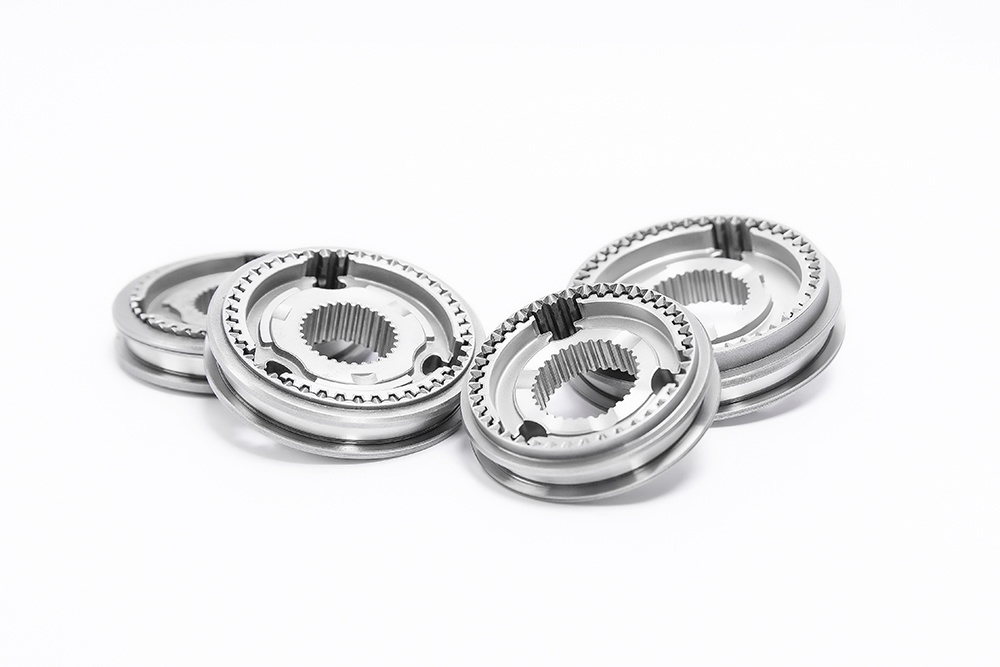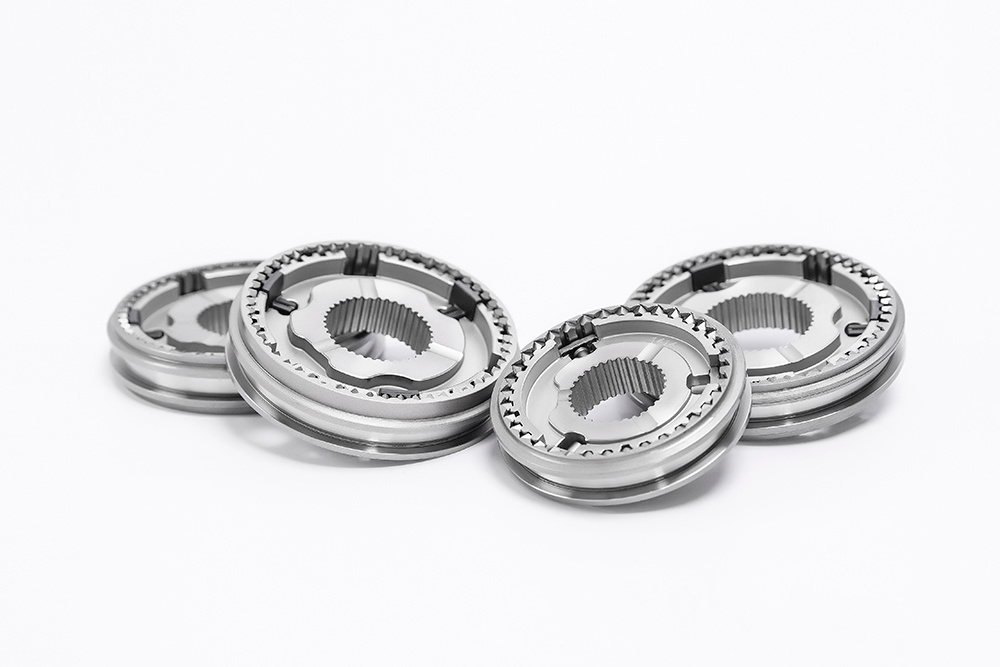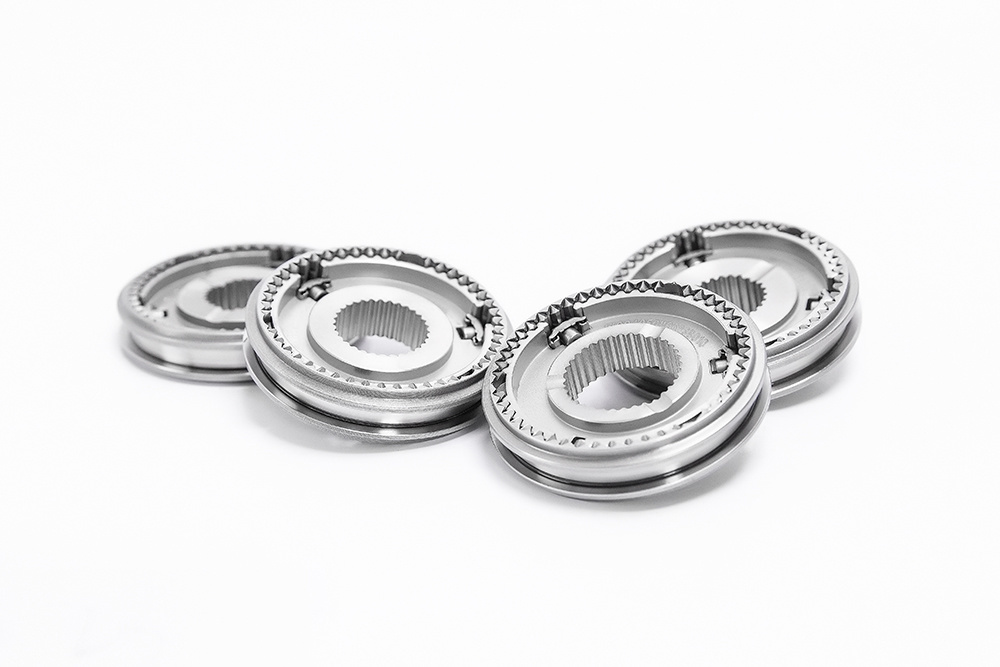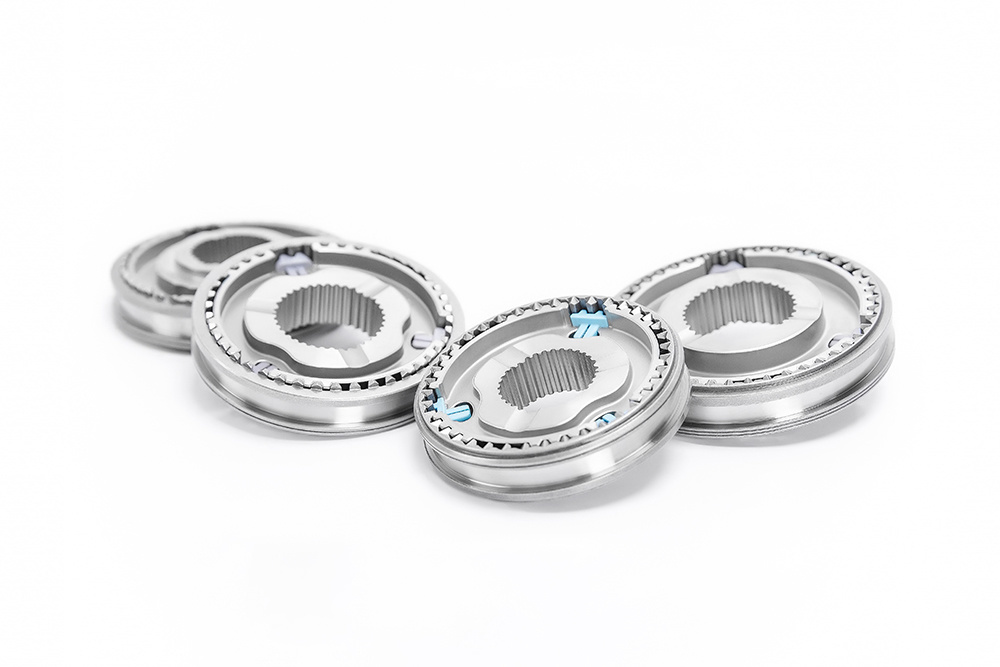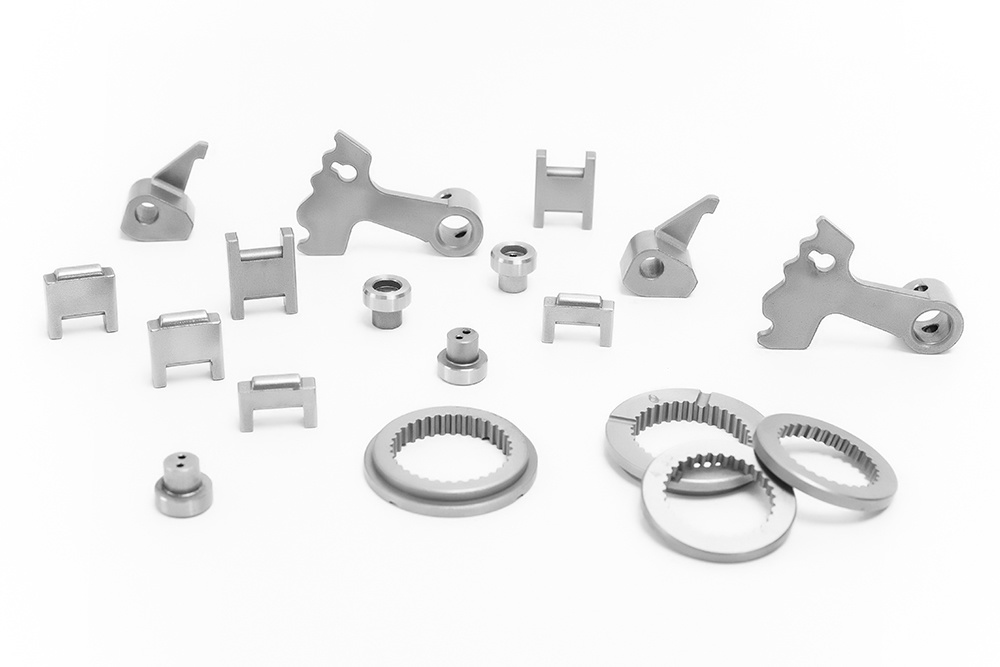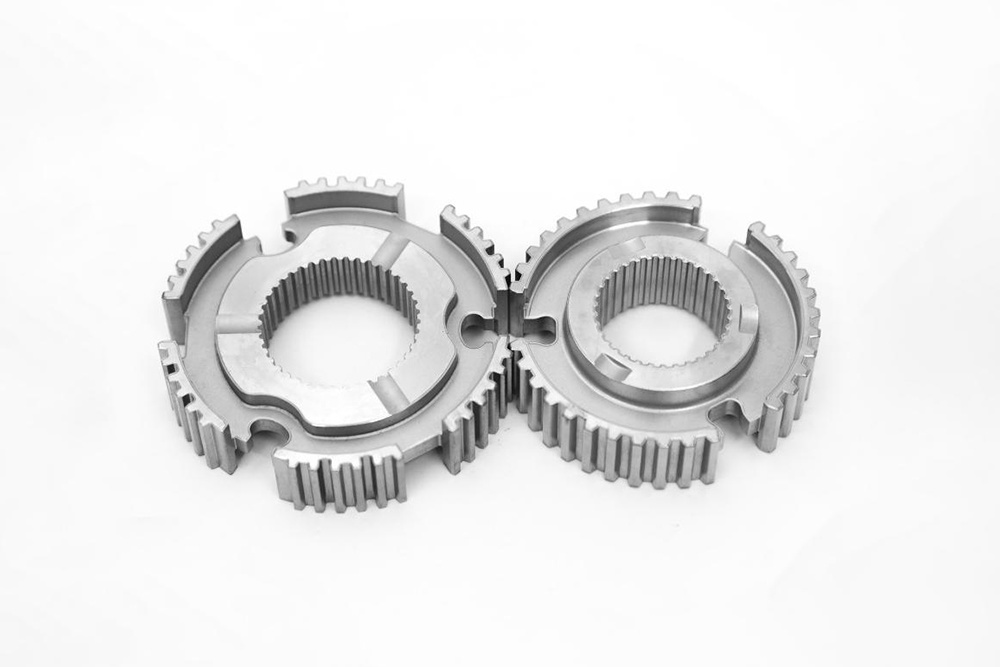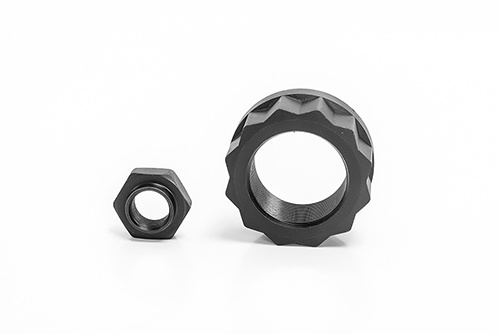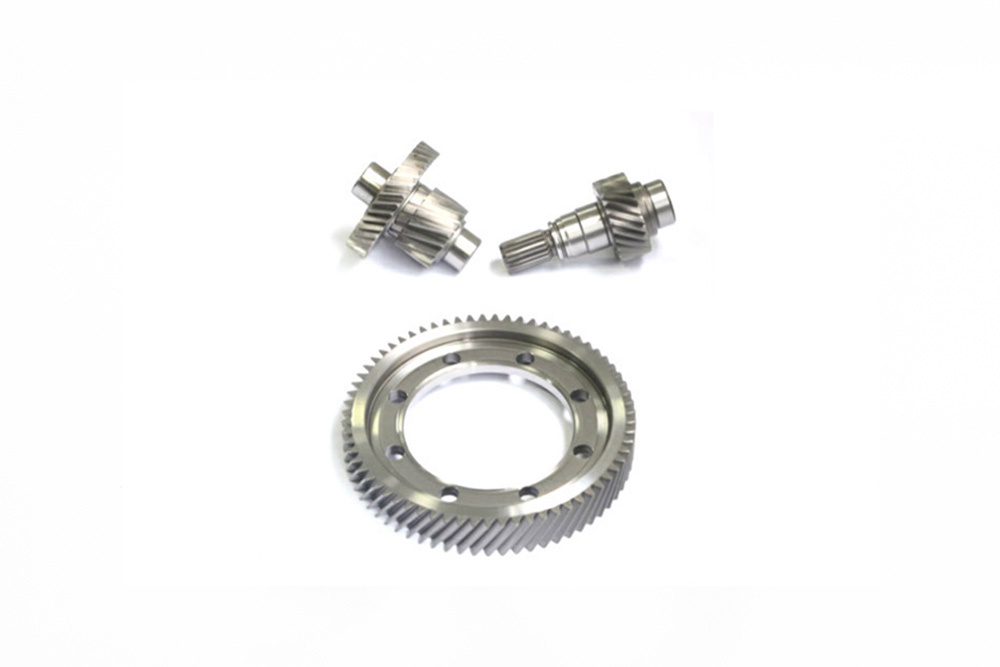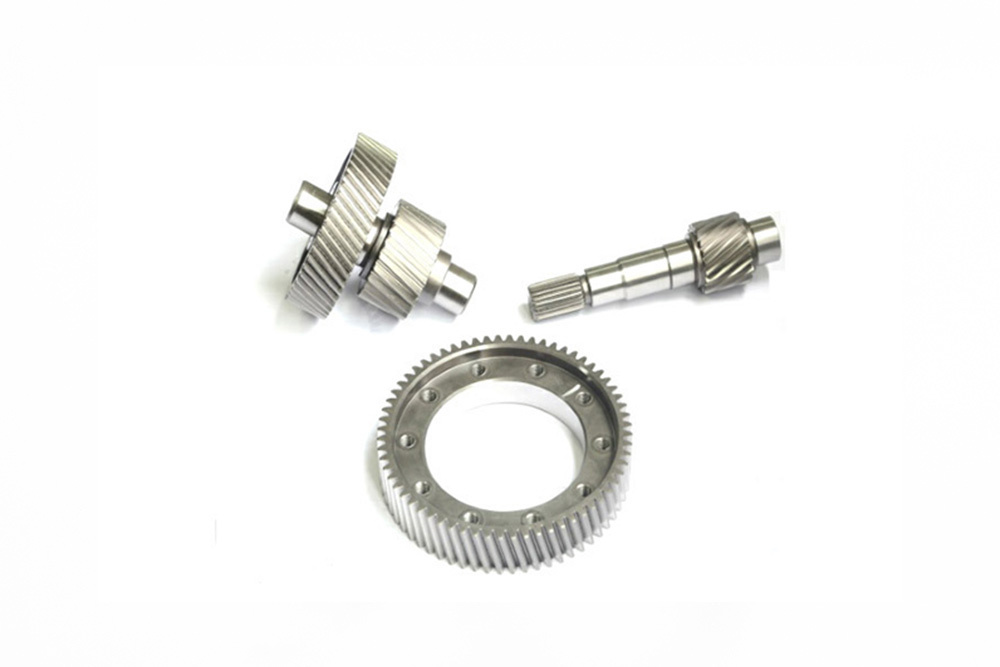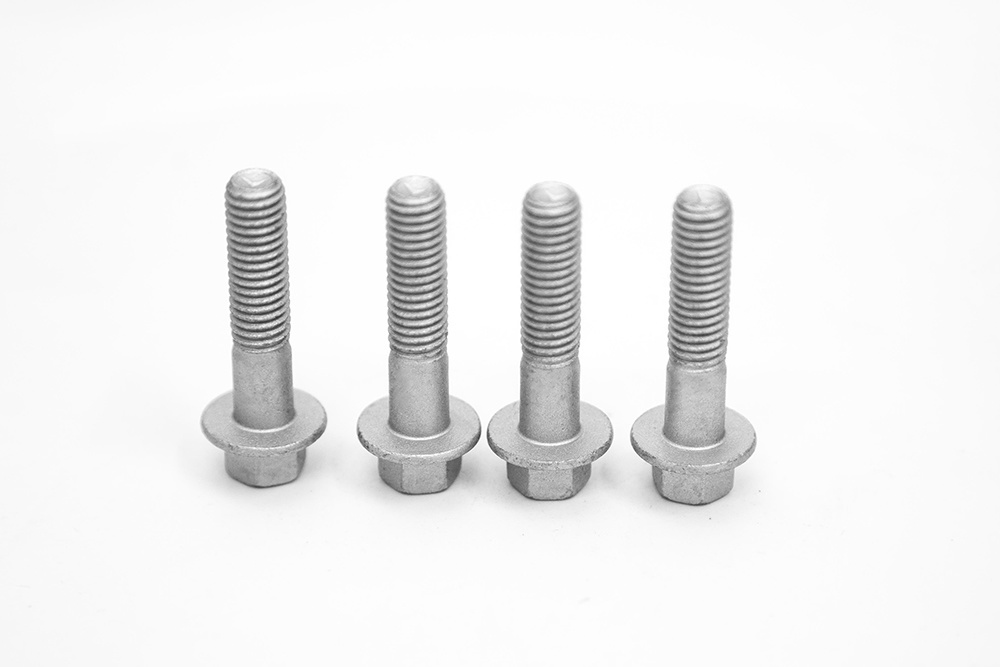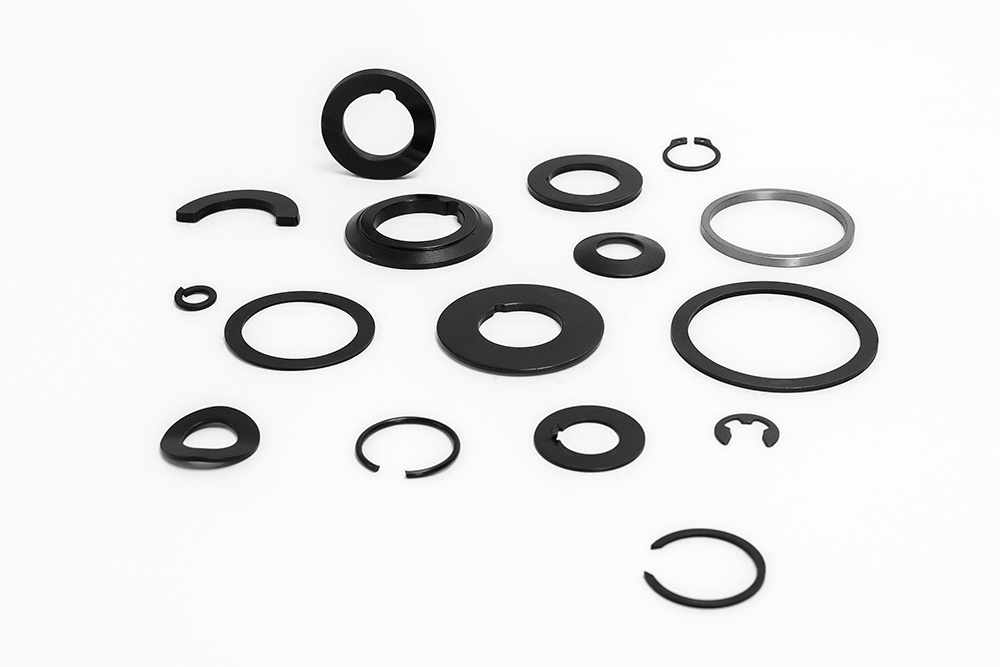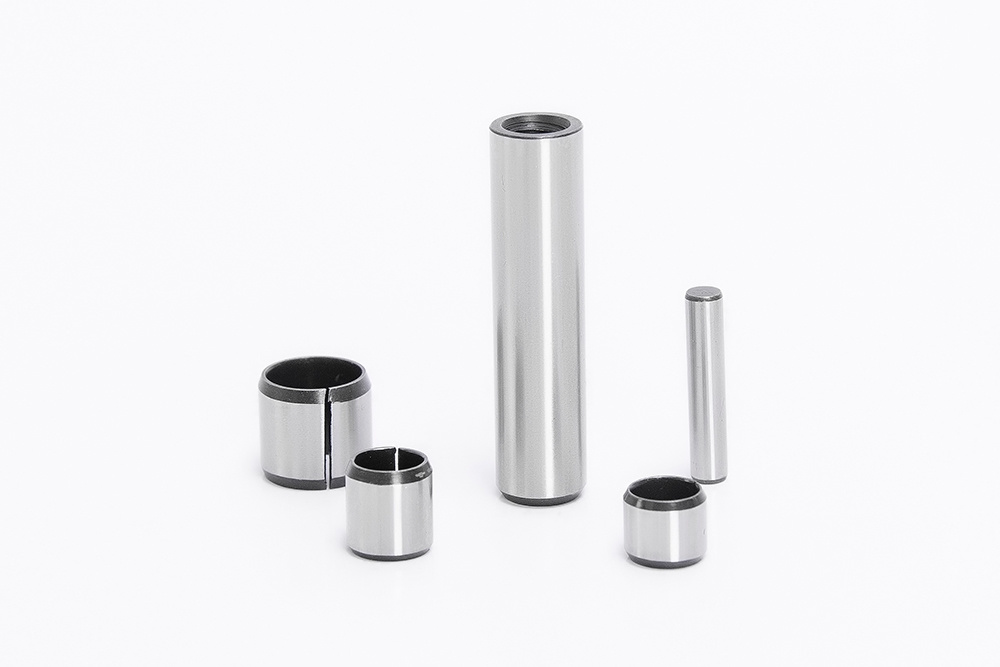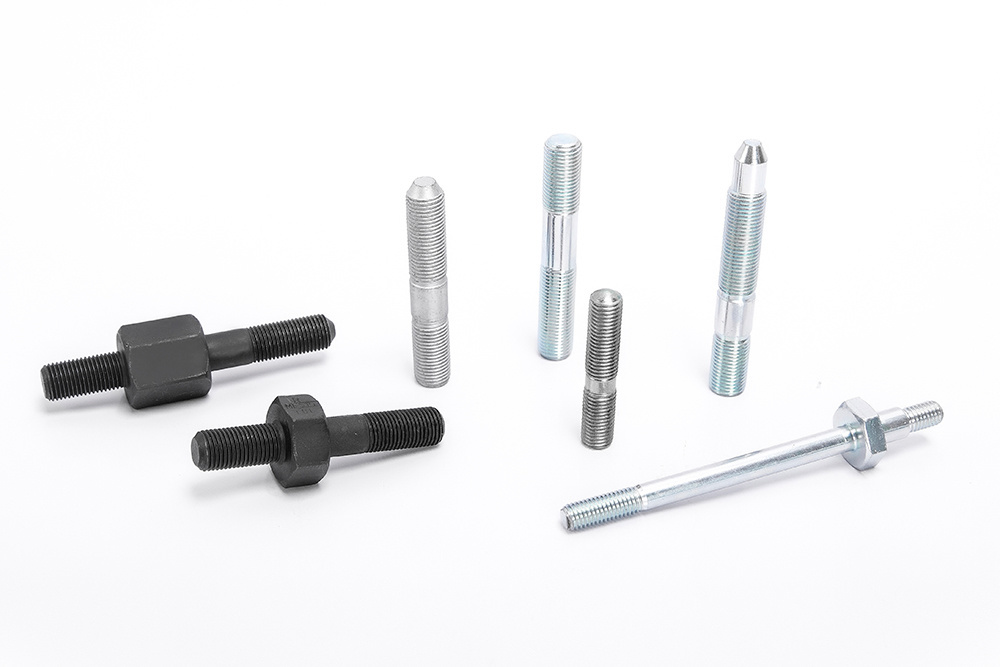23
2024
-
01
Powder metallurgy preparation method
Author:
(1) Production of powder. The production process of powder includes the preparation of powder, powder mixing and other steps. In order to improve the formability and plasticity of the powder, plasticizers such as engine oil, rubber or paraffin are usually added.
(2) Press forming. The powder is pressed into the desired shape at a pressure of 15-600MPa.
(3) sintering. It is carried out in a high-temperature furnace or vacuum furnace under a protective atmosphere. Sintering is different from metal melting, where at least one element is still in the solid state. In the sintering process, powder particles become metallurgical products with certain porosity through a series of physical and chemical processes such as diffusion, recrystallization, welding, combination and dissolution.
(4) Post-processing. In general, the sintered parts can be used directly. But for some dimensional requirements of high precision and high hardness, wear resistance of the parts but also for sintering post-treatment. Post-processing includes coiling, rolling, extrusion, quenching, surface quenching, oil immersion, and infiltration.
The preparation method of powder
Making powder is the first step in powder metallurgy. Powder metallurgy materials and products continue to increase, and their quality continues to improve, requiring more and more types of powder. For example, from the perspective of material range, not only metal powder, but also alloy powder, metal compound powder, etc. are used; from the perspective of powder shape, powders of various shapes are required, such as when producing filters, powders are required to be formed; from the perspective of powder particle size, powders of various particle sizes are required, and the particle size of coarse powder is 500-1000 microns, and the particle size of ultrafine powder is less than 0.5 microns.
In order to meet the various requirements of powders, there are also various methods for producing powders. These methods are nothing more than making metals, alloys or metal compounds in solid, liquid or gaseous state into powder state. Various methods of making powders and powders made by various methods.
Methods for converting metals and alloys or metal compounds into powders in the solid state include:
(1) There are mechanical crushing and electrochemical corrosion methods for making metal and alloy powders from solid metals and alloys:
(2) Reduction method for producing metal and alloy powders from solid metal oxides and salts Reduction-synthesis method for producing metal compound powders from metal and alloy powders, metal oxides and non-metal powders
Methods for converting metals and alloys or metal compounds into powders in liquid form include:
(1) from the liquid metal and alloy preparation and alloy powder with atomization method
(2) From the metal salt solution replacement and reduction to produce metal alloy and coated powder with replacement method, solution hydrogen reduction method, from the metal molten salt precipitation to produce metal powder with molten salt aging method, from the auxiliary metal bath precipitation to produce metal compound powder with metal bath method.
(3) There is an aqueous solution electrolysis method for electrolyzing metal and alloy powder from metal salt solution; there is a molten salt electrolysis method for electrolyzing metal and metal compound powder from metal molten salt.
A method of converting a metal or metal compound into a powder in a gaseous state:
(1) There is a steam condensation method for preparing metal powder from metal steam condensation;
(2) Carbon-based thermal dissociation method for the preparation of metals, alloys and coated powders from the dissociation of gaseous metallic carbon substrates
(3) From the gaseous metal halide gas phase reduction to produce metal, alloy powder and metal, alloy coating with gas phase hydrogen reduction method; from the gaseous metal halide deposition to produce metal compound powder and coating with chemical vapor deposition method.
However, from the point of view of the essence of the process, the existing pulverizing methods can be broadly summarized into two categories, namely, mechanical and physical chemical methods. The mechanical method is a process in which the raw materials are mechanically crushed, and the chemical composition is basically unchanged; the physical and chemical method is a process in which the chemical composition or aggregation state of the raw materials is changed by the action of chemistry or physics to obtain powder. The production methods of powder are many from the industrial scale, the most widely used Hans reduction method, atomization method and electrolysis method, some methods such as vapor deposition method and liquid phase deposition method are also very important in special applications. [1]
The basic process of powder metallurgy process is:
1. Preparation of raw material powder. The existing pulverizing methods can be divided into two categories: mechanical method and physical chemical method. The mechanical method can be divided into: mechanical crushing and atomization method, physical and chemical method is divided into: electrochemical corrosion method, reduction method, chemical method, reduction-chemical method, gas phase deposition method, liquid phase deposition method and electrolysis method. The most widely used are reduction method, atomization method and electrolysis method.
2. The powder is formed into a compact of the desired shape. The purpose of molding is to produce a certain shape and size of the compact, and make it have a certain density and strength. The molding method is basically divided into pressure molding and non-pressure molding. The most widely used in pressure molding is molding. In addition, the use of 3D printing technology for the production of the embryo block.
3. Sintering of the blanks. Sintering is a key process in powder metallurgy. The shaped compacts are sintered to obtain the desired final physical and mechanical properties. Sintering is divided into unit system sintering and multi-system sintering. For the solid-phase sintering of the unit system and the multi-system, the sintering temperature is lower than the melting point of the metal and alloy used, and for the liquid-phase sintering of the multi-system, the sintering temperature is generally lower than the melting point of the refractory component, and higher than the melting point of the fusible component. In addition to ordinary sintering, there are special sintering processes such as loose sintering, melting and dipping, and hot pressing.
4. Post-processing of products. The treatment after sintering can be adopted in various ways according to different product requirements. Such as finishing, oil immersion, machining, heat treatment and electroplating. In addition, in recent years, some new processes such as rolling and forging have also been applied to the processing of powder metallurgy materials after sintering, and have achieved ideal results.
Powder properties (property of powder)
The general term for all properties of powder. It includes: the geometric properties of the powder (particle size, specific surface, pore size and shape, etc.); the chemical properties of the powder (chemical composition, purity, oxygen content and acid insoluble, etc.); the mechanical properties of the powder (loose density, fluidity, formability, compressibility, stacking angle and shear angle, etc.); physical and surface properties of the powder (true density, gloss, wave absorption, surface activity, ze-ta (C) potential and magnetic properties, etc.). Powder properties often determine the performance of powder metallurgy products to a large extent.
The most basic geometric properties are the particle size and shape of the powder.
(1) Granularity. It affects the processing of the powder, the shrinkage during sintering and the final properties of the product. The performance of some powder metallurgy products is almost directly related to the particle size. For example, the filtration accuracy of filter materials can be obtained empirically by dividing the average particle size of the original powder particles by 10. The performance of cemented carbide products has a great relationship with the grains of wc phase. In order to obtain cemented carbide with finer grain size, it is only possible to use finer grain size wc raw materials. The powder used in production practice has a particle size ranging from a few hundred nanometers to a few hundred microns. The smaller the particle size, the greater the activity, the more easily the surface oxidation and water absorption. When it is as small as a few hundred nanometers, the storage and transportation of the powder is not easy, and when it is small to a certain extent, the quantum effect starts to work, and its physical properties will change greatly, such as ferromagnetic powder will become superparamagnetic powder, and the melting point will decrease with the decrease of particle size.
(2) Particle shape of the powder. It depends on the pulverizing method, such as the powder obtained by the electrolysis method, the particles are dendritic; the iron powder particles obtained by the reduction method are sponge flakes; the gas atomization method is basically spherical powder. In addition, some powders are oval, disc, needle, onion head, etc. The shape of the powder particles will affect the fluidity and bulk density of the powder. Due to the mechanical engagement between the particles, the strength of the compact of irregular powder is also large, especially the dendritic powder has the largest strength of the compact. However, for porous materials, spherical powder is preferred.
Mechanical properties The mechanical properties of the powder is the process performance of the powder, which is an important process parameter in the powder metallurgy forming process. The bulk density of the powder is the basis for weighing by volume method when pressing, the fluidity of the powder determines the filling speed of the powder to the pressure mold and the production capacity of the press, the compressibility of the powder determines the difficulty of the pressing process and the level of pressure applied, and the formability of the powder determines the strength of the blank.
Chemical properties mainly depend on the chemical purity of raw materials and milling methods. Higher oxygen content will reduce the compacting performance, compact strength and mechanical properties of sintered products, so most of the technical conditions of powder metallurgy have certain provisions. For example, the allowable oxygen content of the powder is 0.2 to 1.5%, which corresponds to an oxide content of 1 to 10%.
News
2024-01-23
Introduction of standard parts
2024-01-23
2024-01-23
Introduction of car synchronizer
2024-01-23
SAF Coolest v1.3.1.2 设置面板 QOYSX-AYJG-ASZAE-XQS
无数据提示
Sorry, the current column is being updated, please look forward to it!
You can view other columns or returnHome Page


